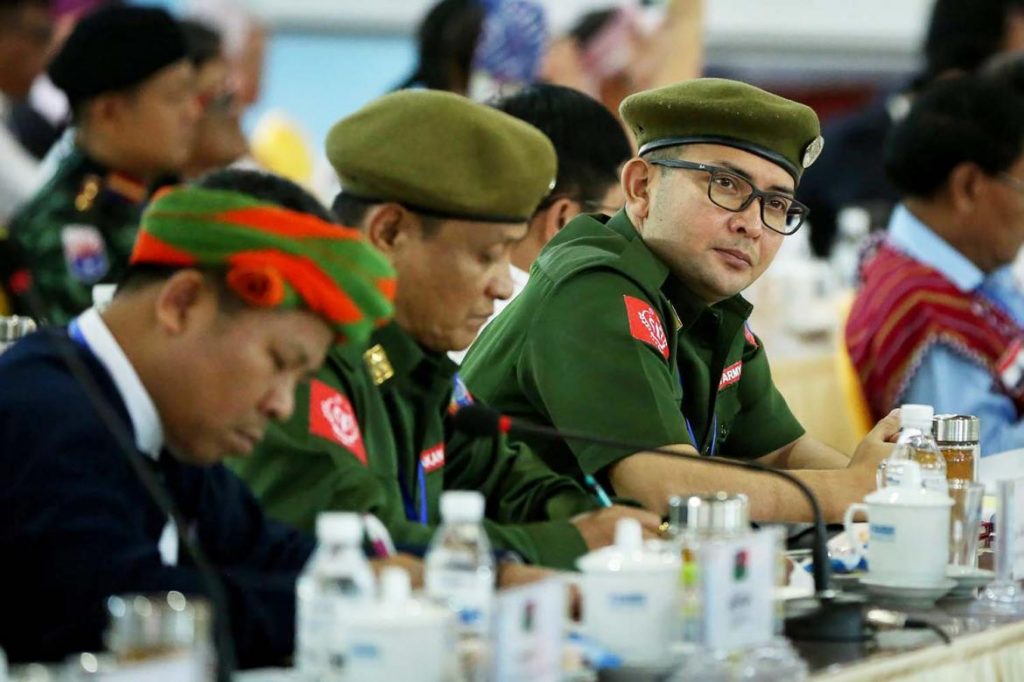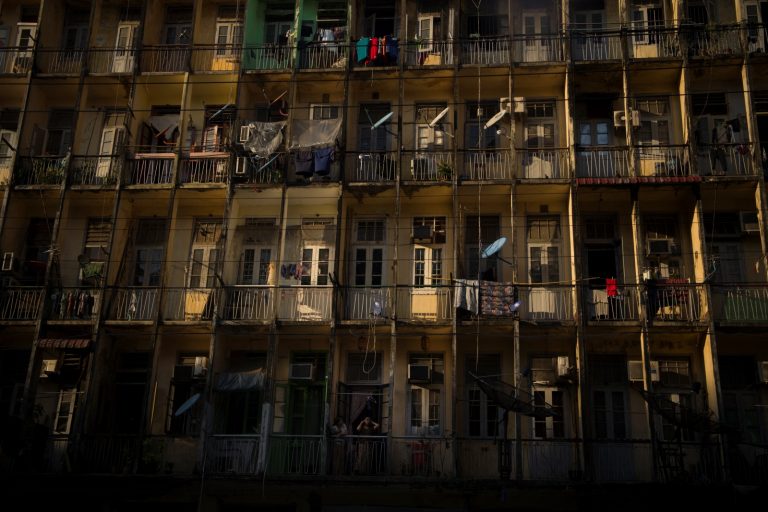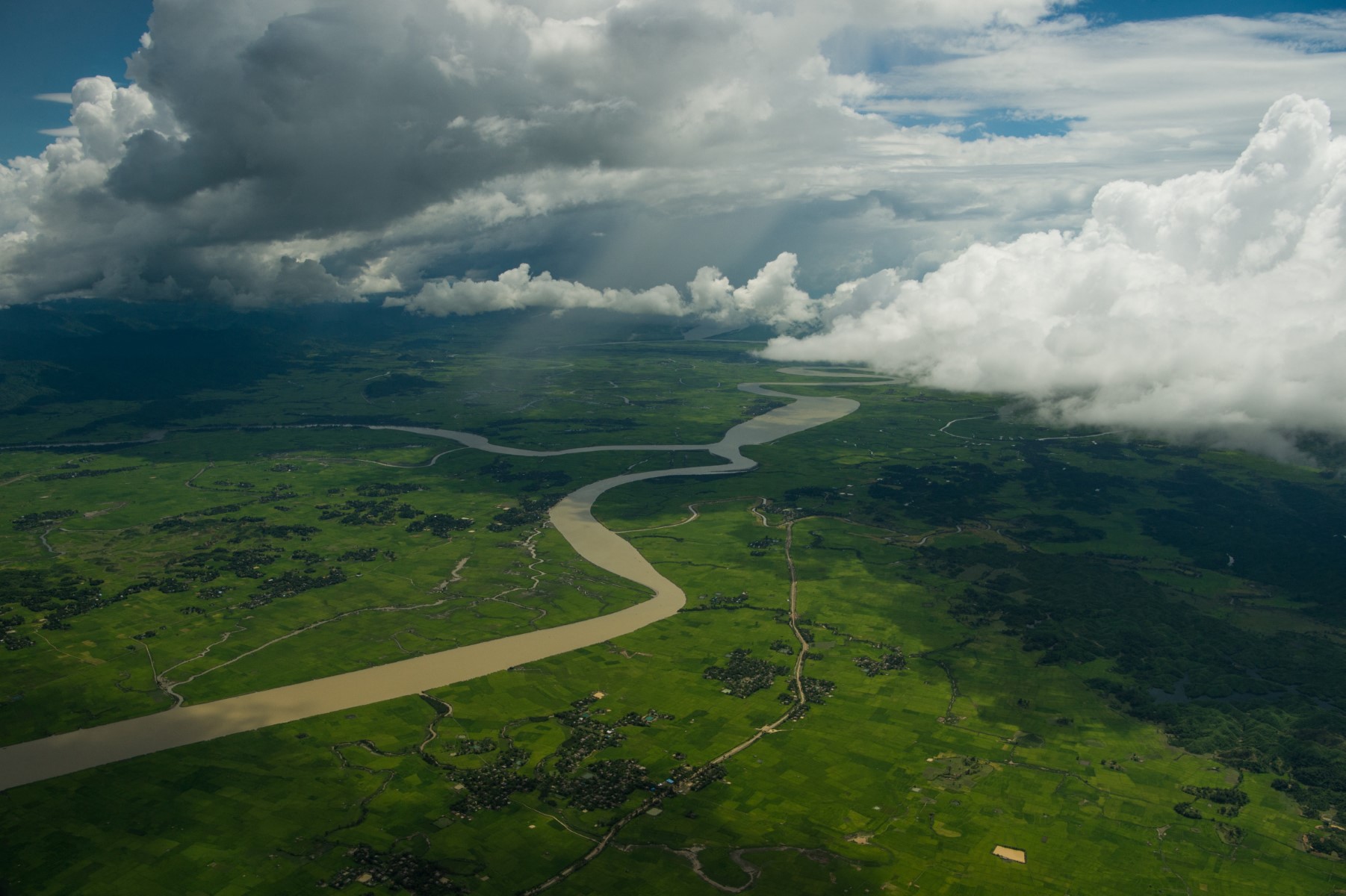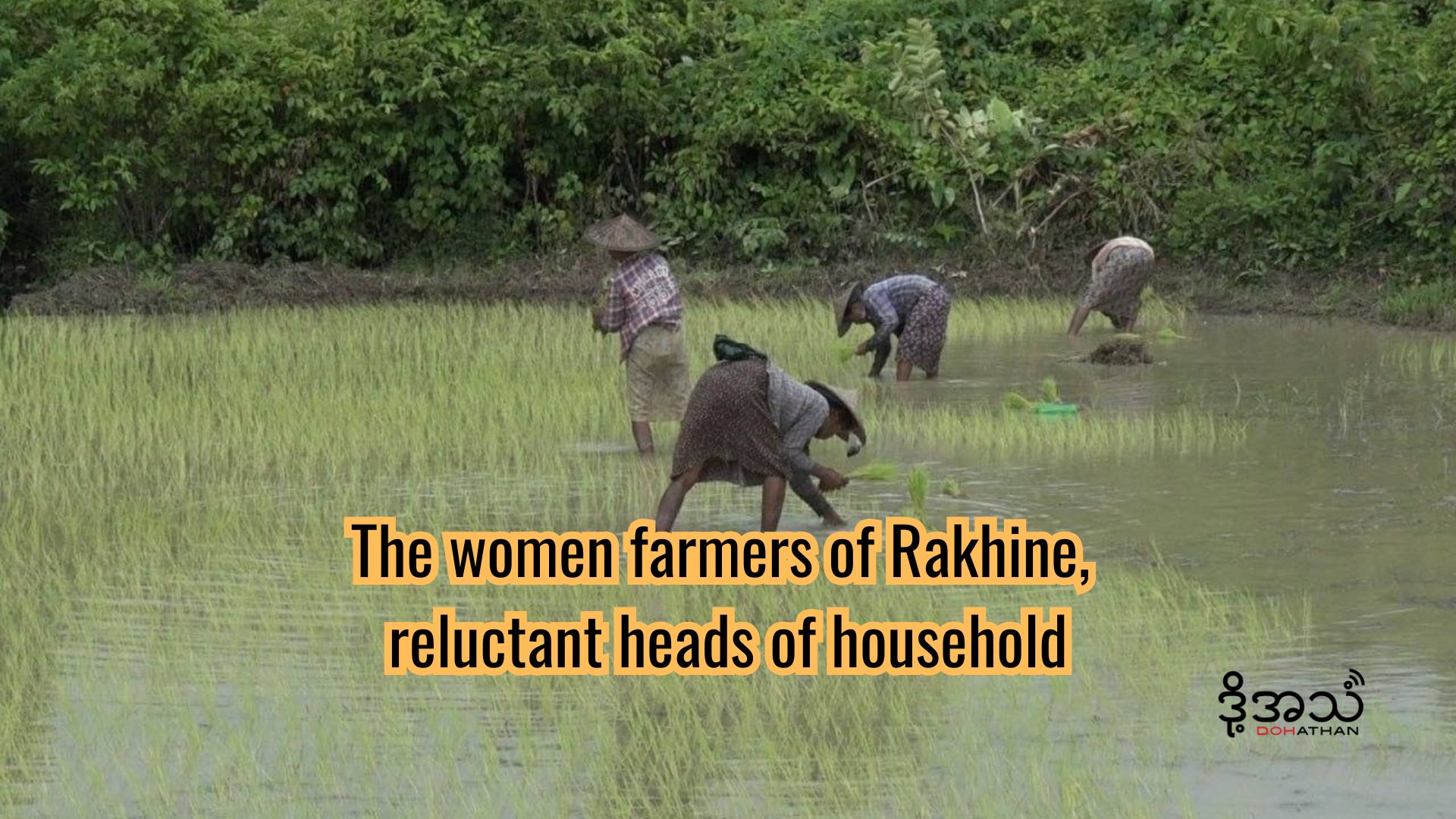Historic grievances and Bamar chauvinism are among the factors that have fuelled Rakhine nationalism and supported the emergence of the Arakan Army.
By SITHU AUNG MYINT | FRONTIER
AT THE HALF-WAY mark of its term in office, the National League for Democracy government has little to show for its efforts to achieve national peace, while the repatriation of Muslims who fled to Bangladesh since 2016 has yet to begin.
Amid these circumstances, the January 4 attack by the Rakhine nationalist Arakan Army could dangerously exacerbate the situation in Rakhine State. The coordinated attack on police posts in Buthidaung township that left 13 officers dead took place as Myanmar marked the 71st anniversary of independence from British colonial rule. After the attack, the government ordered the Tatmadaw to crush the Arakan Army, which has been declared a terrorist group.
Rakhine political parties and ethnic Rakhine lawmakers have neither objected to nor criticised the AA attacks, and appear to be supportive of the AA. It is also notable that AA leader Major-General Tun Myat Naing has said he wants confederation status for Rakhine, as has also been demanded by the United Wa State Army. What is behind the rise of the AA and how will resurgent Rakhine nationalism complicate the search for national peace?
The grievances of Rakhine nationalists have their roots in the defeat of the independent Kingdom of Arakan by the Bamar King Bodawpaya of the Konbaung Dynasty on December 31, 1784. For the Rakhine, that is the day their homeland became a colony of the Bamar.
Support more independent journalism like this. Sign up to be a Frontier member.
After independence in 1948, the first groups to hoist the flag of nationalism were the Mon and the Karen. Under the “divide and rule” policy of the colonialists, they were among the favoured ethnic groups and many Karen served in the British army.
The Karen revolution began on January 31, 1949 and its objective was the creation of the independent state of Kawthoolei. The international community did not support the demand of the Karen but they fought on against the Bamar-dominated Tatmadaw in what is often described as the world’s longest civil conflict.
On January 12, 2012, the Karen National Union signed a bilateral ceasefire with the government. In October 2015 it was among eight ethnic armed groups that signed the Nationwide Ceasefire Agreement, paving the way for their participation in the peace process.
In the 1960s, the Shan and the Kachin began to reconsider their place in the Union of Burma because they believed the government was not fulfilling the terms of the Panglong Agreement – a formula for federalism that was signed by Bogyoke Aung San and Shan, Kachin and Chin leaders on February 12, 1947, which is celebrated as Union Day.
In parliament, the Shan and Kachin began demanding equal rights and some groups within the two communities turned to armed struggle. Their hopes for a legislative resolution of their demands were extinguished when General Ne Win seized power in a coup on March 2, 1962. At that time nationalist fervour among the Shan and Kachin was at its highest and many believed their only hope of establishing independent states was to fight for it.
Constant Tatmadaw offensives and a lack of international support, including from neighbouring China, forced them to modify their demands and instead seek autonomous states within Myanmar.
Years of simmering discontent among Rakhine nationalists supported the emergence of the Arakan Army, which was formed in Kachin State in 2009 with the backing of the Kachin Independence Army. Decades of military rule left Rakhine one of the poorest states or regions in Myanmar. This has made it easy for the AA to recruit personnel in Rakhine and in Kachin, where thousands of young Rakhine risk their lives fossicking for pieces of jade among the mountains of rock dumped from mines at Hpakant.
The AA has been able to grow quickly because of resurgent Rakhine nationalism and the support of the KIA, which resumed fighting the Tatmadaw in 2011 after the collapse of a bilateral ceasefire signed in 1994.
The 2010 election that marked a key step in the transition to democracy has also contributed to ethno-nationalism by allowing the emergence of ethnic-based political parties, such as the Arakan National Party. In the 2015 election, it won most of the elected seats in the state assembly and became the third biggest party in the Pyidaungsu Hluttaw, Myanmar’s national legislature. After that election, the NLD government alienated the Rakhine by overruling their objections and appointing one its own members as Rakhine State’s chief minister.
The transition has also resulted in greater political freedom; since 2010, the Rakhine have been able to hold events that were banned under junta rule, such as ceremonies to commemorate the anniversary of the fall of the Kingdom of Arakan.
In 2015, reports began emerging of clashes in Rakhine State between the AA and the Tatmadaw. It is notable that ethnic Rakhine lawmakers in the Pyidaungsu Hluttaw and Rakhine political leaders have spoken in support of the AA and seem to believe that its attempt to establish a presence in the state is simply a return to its homeland.
The rise of Rakhine nationalism is informed by a yearning for their once independent sovereign kingdom. It is little wonder that Tun Myat Naing has spoken of his desire for a confederation.
The Bamar chauvinism of the military junta that ruled after 1962 helped to foment ethno-nationalism among the Shan, Kachin, Karen and Rakhine. The dictators were more interested in erecting statues of Bamar kings, such as Anawrahta, Bayintnaung and Alaungpaya, than in building a true Union. In the post-1988 junta, Senior General Than Shwe aggravated the situation by making the military purely Bamar.
Under current circumstances, it’s not surprising that the tide of Rakhine nationalism is rising, as it did among the Shan, Kachin and Karen. The answer lies on both sides of the conflict. But the Tatmadaw and the government must demonstrate a desire to move towards a genuine Federal Union. Only then will understanding be achieved among the Tatmadaw, government and ethnic nationalities and peace be brought to Myanmar.







